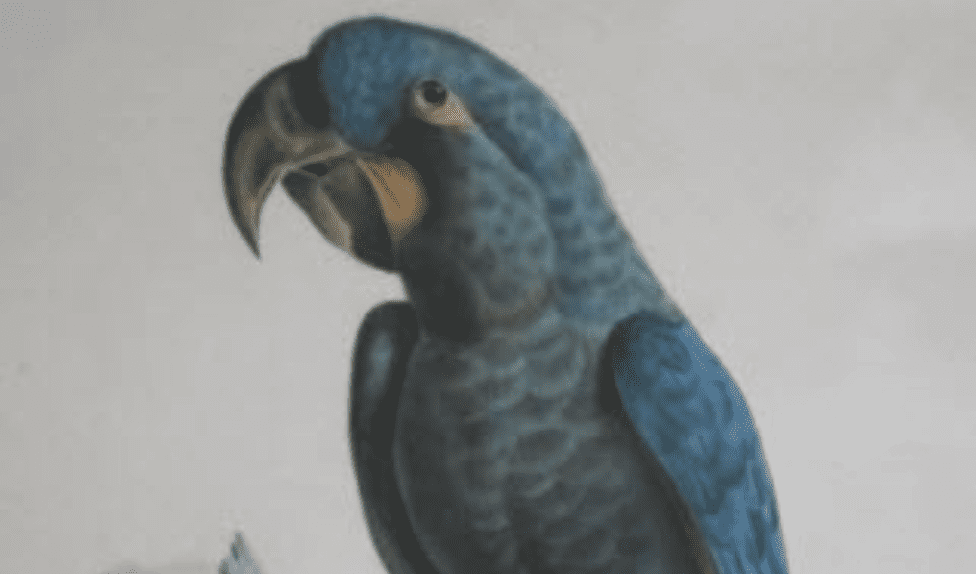The Glaucous Macaw (Anodorhynchus glaucus) has not been reliably recorded since the 1960s. It is feared extinct in the wild.
In 1999, the World Parrot Trust sent Dr. Charles Munn, Carlos Yamashita, Richard Hartley and Alfredo Begazo to survey the historical territory of the Glaucous Macaw in Brazil. The search found no birds in any of the areas surveyed. As well as confirming the probable loss of the macaws, the census was invaluable in producing expert and original information from ornithologists. Information on habitat loss, trapping for the pet trade and other issues assisted the conservation of species such as Lears, Spix’s, Blue-throated and other endangered macaws.
Status: IUCN Critically Endangered (Possibly Extinct) / CITES Appendix I
Population: Likely none
Range: Formerly confined to regions in the middle reaches of Rio Paraguay, Rio Parana and Rio Uruguay, in SE Paraguay, NE Argentina, in Corrientes and possibly Misiones, and Rio Grande do Sul, SE Brazil; possibly also Artigas, NW Uruguay.
Natural history: Anodorhynchus glaucus was formerly widespread in N Argentina, S Paraguay, NE Uruguay and Brazil from Paraná state southwards. It was native to the areas around the major rivers (Uruguay, Paraná and Paraguay), with most records coming from Corrientes, Argentina. It was already rare in the second half of the 19th century, with only two acceptable sightings in the 20th century, including one direct observation in Uruguay in 1951 and one based on local reports. This species has been generally treated as extinct, however a few locals reported sightings. It was seen in subtropical gallery forests with cliffs and lightly wooded palm-rich savannas, where it would feed on the nuts of Butia yatay palms. It was likely gregarious, nesting in steep banks or cliffs, or less often, tree cavities.

